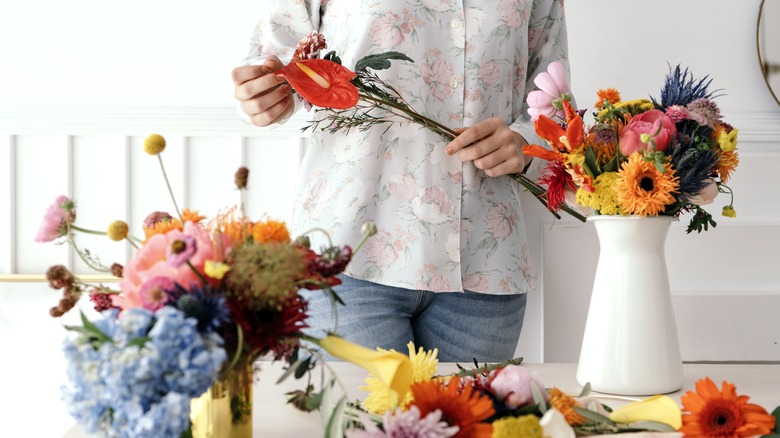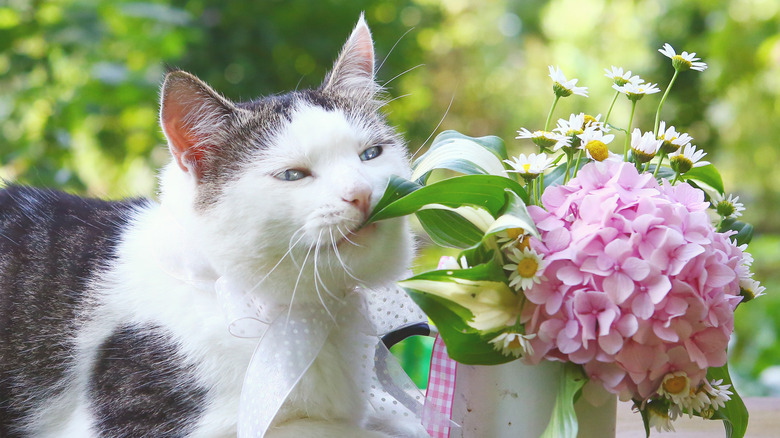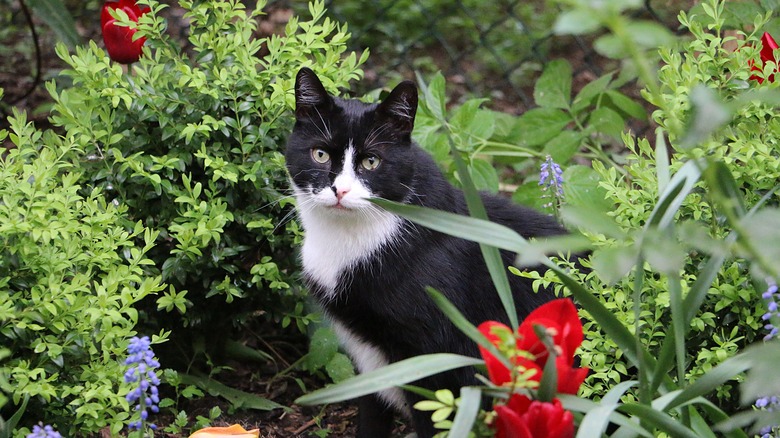The Stunning Flower That Can Actually Poison Your Cat
Hydrangeas are apopular choice for gardeners and florists alike, renowned for their vibrant, cloud-like petals. Yet, these seemingly harmless flowers harbor a toxic secret: they are one of several plants that are poisonous to cats. This toxicity stems from cyanogenic glycosides, compounds that release cyanide upon digestion. The Bigleaf hydrangea (Hydrangea macrophylla) is particularly dangerous, containing higher concentrations of these harmful chemicals.Even humans can develop get sick from accidentally ingesting the hydrangea's leaves!
When cats chew on any part of a hydrangea, though, the consequences can range from mild discomfort to severe health issues. Even if your cat ingests a small amount, it can trigger symptoms such as vomiting, diarrhea, and lethargy.
Signs of Hydrangea poisoning in cats
Identifying signs of hydrangea poisoning early is essential to protecting your cat's health. Symptoms can include vomiting and diarrhea, which may occasionally contain blood, along with loss of appetite, drooling, lethargy, or depression. These initial symptoms are critical warning signs and should never be ignored.
In more severe cases, the condition can escalate to difficulty breathing, seizures, or cyanosis, a serious condition where the gums appear blue due to oxygen deprivation. While such extreme outcomes are relatively rare, they highlight the importance of vigilance. Any exposure to hydrangeas warrants immediate action. Make a call to your emergency vet and the pet poison control. Depending on your cat's symptoms, they may need to have their stomach pumped or receive intravenous fluids to prevent dehydration.
Keep cats away from your flower garden
Prevention is the most effective way to protect your cats from the dangers of hydrangea poisoning. Avoid planting in areas where cats roam freely. If your cat is allowed outdoors, supervise them to make sure they do not come into contact with the flowers. You can also take steps to keep your cats out of your flower garden by surrounding the area with scents that will put them off, like citrus.
Additionally, keep contact information for local veterinary clinics and poison hotlines readily available — in digital or paper or magnet-on-fridge format, if not all three — to make sure you are prepared to respond swiftly in case of an emergency. While both felines and humans appreciate the beauty of hydrangeas, the onus is on us to take precautions and not put our cat companions at risk. But, if you want true peace of mind, skip the hydrangeas and opt to plant non-toxic flower varieties, like sunflowers and canna lily, to minimize risk without compromising on aesthetics.


